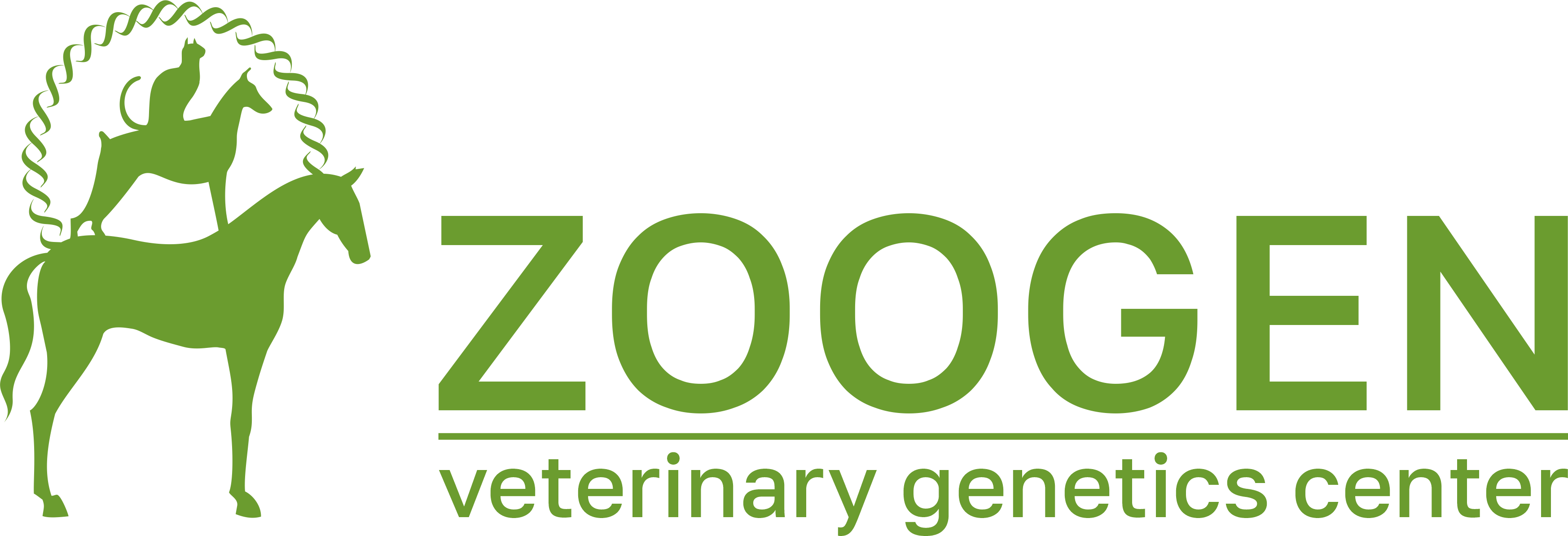Description
A group of autosomal recessive diseases resulting from impaired glycogen metabolism.
The main and most versatile energy source for humans, animals and plants is glucose. In animals, glucose is stored in the form of glycogen, which is deposited in the form of granules in the cytoplasm of cells, mainly in the cells of the liver and muscles. With a lack of glucose, glycogen is broken down and glucose enters the bloodstream. The conversion of glycogen to glucose is a multistep process under the influence of a number of enzymes, the disruption of which leads to an excessive accumulation of glycogen in the form of abnormal granules and disruption of glucose homeostasis.
The following breed-specific types are known for dogs: type Ia is described for Maltese lapdogs (glucose-6-phosphatase deficiency, von Gierke's disease), type II - for a Lapland dog (lysosomal alpha-glucosidase acid deficiency, Pompe disease), type III - for the German Shepherd (glycogen-debranching enzyme deficiency, measles disease) and type VII for English Springer Spaniels (phosphofructokinase deficiency, PFK).
Glycogenosis has recently been described in Curly Coated Retrievers (CCRs) and classified as Type IIIa.
The cause of GSD IIIa in Curly Coated Retrievers is a mutation in the AGL gene (amylo-alpha-1, 6-glucosidase, 4-alpha-glucanotransferase). Despite the similarity between GSD IIIa CCR and Measles disease, the disease has been shown to have a different genetic origin in German Shepherds.
Symptoms
The clinical manifestations of glycogenosis are different depending on the initial enzymatic disorders, and therefore different types of the disease are distinguished. Type numbers were assigned in chronological order as they were discovered.
In the first year of life, GSD IIIa is difficult to detect and outwardly almost does not appear in any way. With age, glycogen accumulates more and more in the cells of the liver and muscles, physical intolerance, episodic hypoglycemia, lethargy, and myopathies begin to appear. People suffering from type III glycogenosis suffer from hypoglycemia, possibly the development of skeletal myopathy, cardiomyopathy, liver cirrhosis, despite this, many patients live to old age.
Diagnostics
A genetic test has been developed to diagnose GSD IIIa Curly Coated Retrievers. Research can be done at any age. When testing, a mutation in DNA is analyzed, leading to the development of a disease. A DNA test can identify a defective (mutant) copy of a gene and a normal copy of a gene. The test result is the definition of the genotype, which allows you to divide animals into three groups: healthy (homozygotes for a normal copy of the gene), carriers (heterozygotes) and patients (homozygotes for a mutation).


